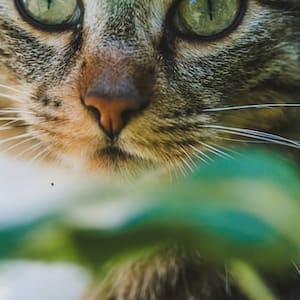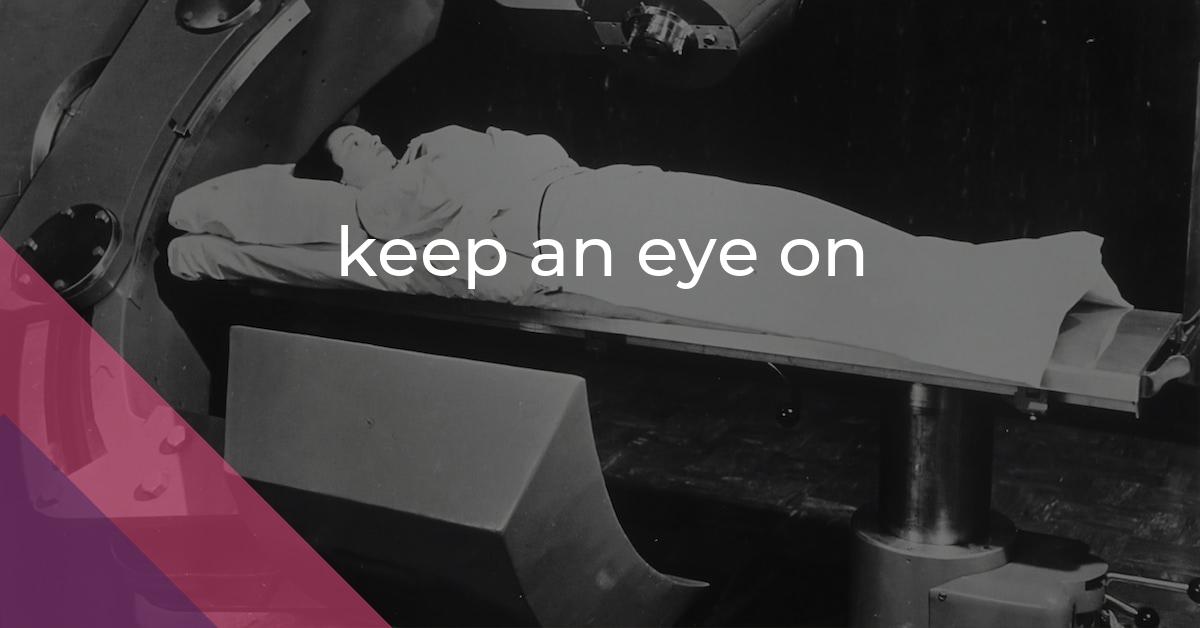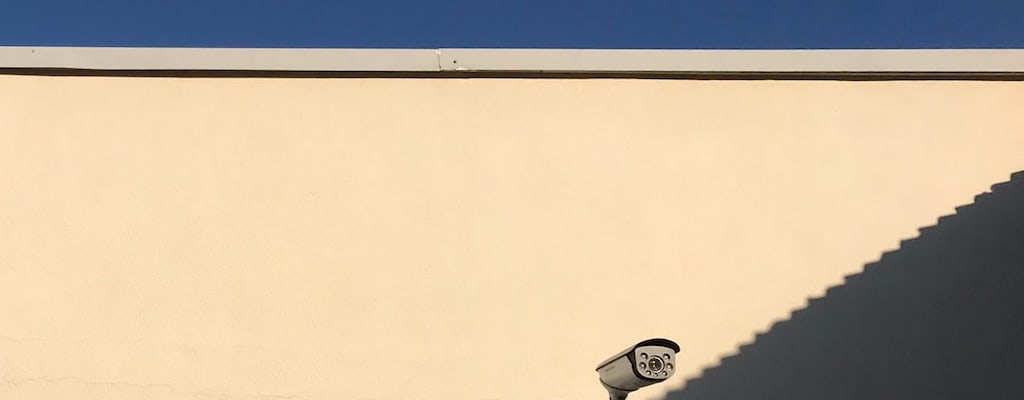keep an eye on: Idiom Meaning and Origin
What does ‘keep an eye on’ mean?
The idiom "keep an eye on" means to regularly and closely monitor or watch someone or something, usually to ensure their safety or to prevent any problems. It implies being observant and vigilant in order to maintain control or stay informed about the situation.

Idiom Explorer
The idiom "watch out" means to be careful or vigilant, usually in order to avoid danger or potential harm. It is often used as a warning to someone to pay attention to their surroundings and be cautious.
The idiom "keep watch" means to stay vigilant or be on the lookout for potential dangers or threats. It implies being aware and alert to ensure the safety or security of someone or something.
The idiom "keep on" means to continue doing something without stopping or to persist in doing something despite difficulties or obstacles.
The idiom "keep off the streets" means to stay indoors or avoid going outside, often because of dangerous or unsafe conditions on public roads or in the surrounding area.
The idiom "keep it up" means to continue doing something with the same effort and determination. It is often used to encourage or praise someone for their persistence or hard work.
The idiom "keep company" means to spend time with or be in the company of someone, usually in a social or friendly manner.
The idiom "keep a weather eye open" means to be vigilant or observant, particularly in regard to potential dangers or changes in circumstances.
The idiom "keep an eye peeled" means to be vigilant or watchful, paying close attention to one's surroundings in order to notice any important or unusual developments.
The phrase "keep an eye out" means to be watchful or alert for something or someone, often with the aim of finding or noticing them. It is used to emphasize the importance of being observant and paying attention to one's surroundings.
The idiom "keep an eye open" means to remain alert or vigilant, to pay close attention to something or someone in order to avoid missing any important information or opportunities.
Vigilant Oversight
The idiom "keep an eye open" is a variant of the commonly used expression "keep an eye on." It is an idiomatic way to express the act of remaining alert and watchful. When someone keeps an eye open, they are actively paying attention to their surroundings and being vigilant for any potential dangers or changes that may occur. This phrase adds an emphasis on being attentive and not allowing anything to go unnoticed.
In a similar vein, the idiom "keep watch" also conveys the idea of being vigilant and observant. Just like "keep an eye on," "keep watch" implies the act of monitoring or overseeing something or someone. However, "keep watch" can also be used in a broader sense to refer to staying alert and watchful in general, without necessarily focusing on a specific target or task.
Another idiom related to "keep an eye on" is "keep an eye peeled." This expression has a similar meaning and is used to emphasize the need for heightened awareness and vigilance. When someone keeps an eye peeled, it means they are being extra cautious and attentive, actively scanning their surroundings for any signs of potential danger or important information that may require their attention.
In everyday life, people use these idioms interchangeably to convey the act of closely monitoring or observing. Whether it's keeping an eye on children playing in the backyard, keeping watch over a construction site, or keeping an eye peeled for any suspicious activities, these idioms serve as convenient ways to express the need for attentiveness and vigilance.
The idiom "keep an eye on" and its related idioms, "keep an eye open," "keep watch," and "keep an eye peeled," all share a common theme of vigilance and attentiveness. They all serve as expressions used to convey the act of closely monitoring or observing someone or something. These idioms can be employed in a variety of situations, emphasizing the need for staying alert and watchful, whether it's for safety, surveillance, or general awareness.
These idioms, with their various connotations, are integral to the English language and contribute to effective communication by encapsulating complex ideas concisely. When used appropriately, idioms enable speakers to convey rich meaning and evoke specific emotions or impressions. They add a layer of nuance and subtlety to language, making it more engaging and dynamic.
The idioms "keep an eye open," "keep watch," and "keep an eye peeled" are valuable additions to the toolbox of communication, allowing for versatile and expressive language. By employing these idioms in conversation or writing, individuals can communicate their need for vigilance or attentiveness effectively. These idioms serve as linguistic shortcuts, conveying a wealth of meaning with just a few words, and they enrich the tapestry of the English language.
The idiom "keep an eye on" and its related idioms, "keep an eye open," "keep watch," and "keep an eye peeled," all share a common thread of vigilance and attentiveness. These idioms are used to express the act of closely monitoring or observing, whether it's for safety, surveillance, or general awareness. They contribute to effective communication by encapsulating complex ideas concisely and allowing for versatile and expressive language. As English learners and speakers, it's essential to familiarize ourselves with these idioms and use them appropriately, as they add depth and nuance to our conversations and writing.
Example usage
Examples:
- You should keep an eye on your children when they are playing outside.
- The police officer told us to keep an eye on our belongings while we were at the park.
- Can you please keep an eye on my laptop while I use the restroom?
The idiom "keep an eye on" is commonly used to mean paying attention to something or someone, often in order to keep them safe or protected. It implies a sense of vigilance or watchfulness, indicating the need for careful observation. In the first example, the idiom is used to suggest that one should be watchful and attentive towards their children's activities in order to ensure their well-being. The second example highlights the notion of keeping a careful watch over personal belongings in a public space, implying the need for being vigilant against potential theft. The third example demonstrates using the idiom to request someone to watch over a personal item temporarily. Overall, "keep an eye on" is a figurative way of expressing the need for observation, attention, and protection.
More "Vigilance" idioms



